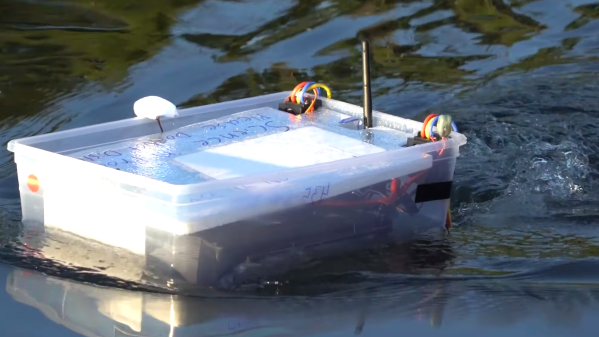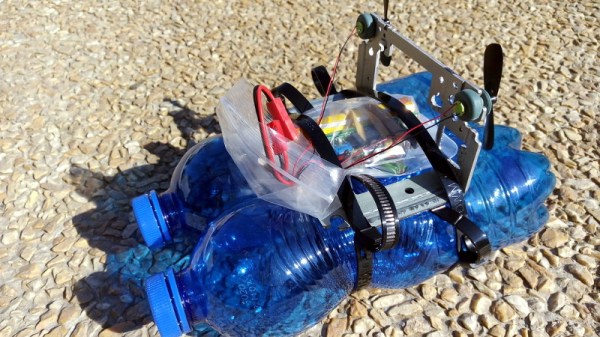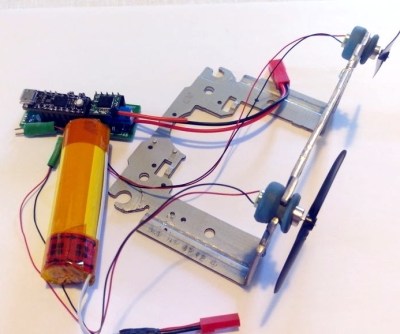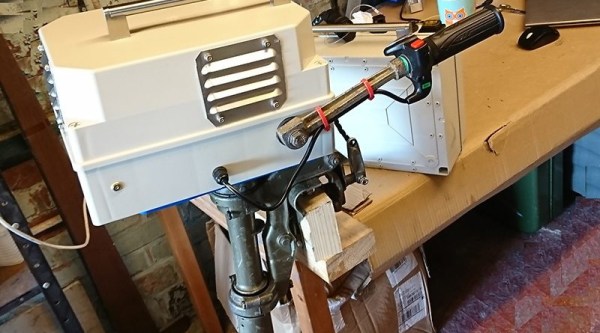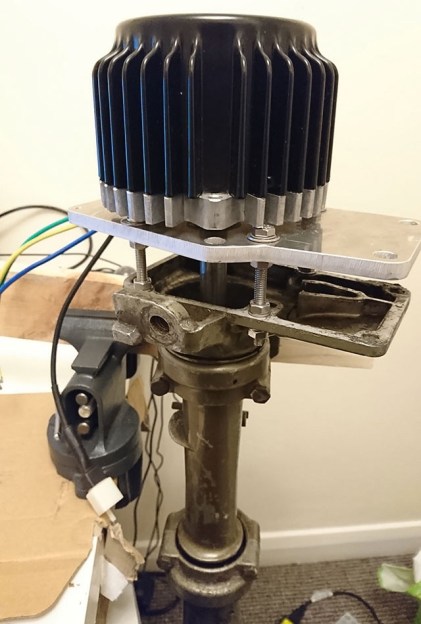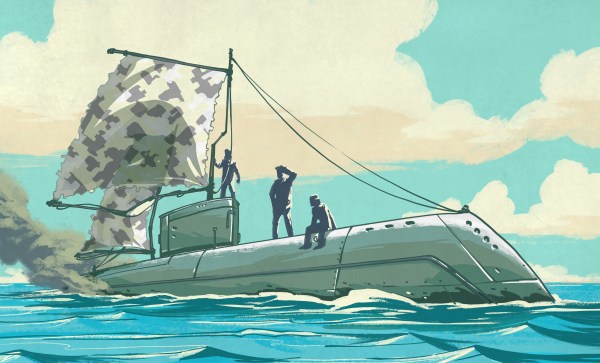There’s nothing quite like the sight of a plastic box merrily sailing its way around a lake to symbolise how easy it is to get started in autonomous robotics. This isn’t a project we’re writing about because of technical excellence, but purely because watching an autonomous plastic box navigate a lake by itself is surprisingly compelling viewing. The reason that [rctestflight] built the vessel was to test out the capabilities of ArduRover. ArduRover is, of course, a flavour of the extremely popular open source ArduPilot, and in this case is running on a Pixhawk.

The hardware itself is deliberately as simple as possible: two small motors with RC car ESCs, a GPS, some power management and a telemetry module are all it takes. The telemetry module allows the course/mission to be updated on the fly, as well as sending diagnostic data back home. Initially, this setup performed poorly; low GPS accuracy combined with a high frequency control loop piloting a device with little inertia lead to a very erratic path. But after applying some filtering to the GPS this improved significantly.
Despite the simplicity of the setup, it wasn’t immune to flaws. Seaweed in the prop was a cause of some stressful viewing, not to mention the lack of power required to sail against the wind. After these problems caused the boat to drift off course past a nearby pontoon, public sightings ranged from an illegal police drone to a dog with lights on its head.
If you want to use your autonomous boat for other purposes than scaring the public, we’ve written about vessels that have been used to map the depth of the sea bed, track aircraft, and even cross the Atlantic.

